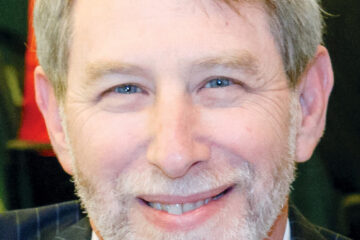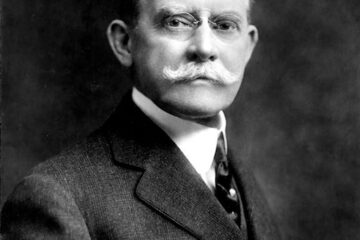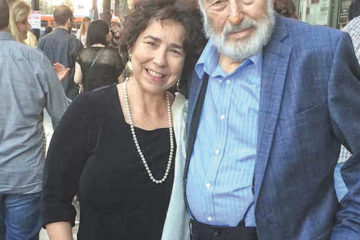Dayton’s first Jewish cemetery, John Patterson, and NCR
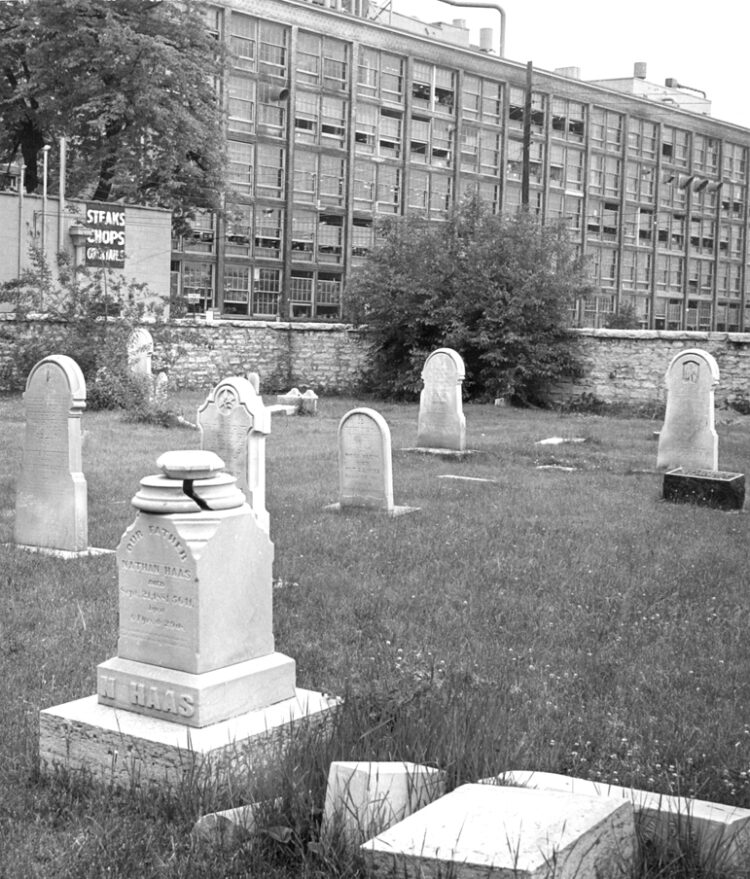
By Marshall Weiss, The Dayton Jewish Observer
Beginning with John Patterson in 1890 and continuing with his company over 77 years, Temple Israel entered into protracted real estate transactions with NCR that would benefit both. At the center of these transactions was the Dayton Jewish community’s first cemetery.
The story is almost as old as Dayton’s Jewish community itself. It was in 1850 when a dozen Jews organized the Hebrew Society, Dayton’s first Jewish organization. The society would become Holy Congregation B’nai Yeshurun, now known as Temple Israel.
In July 1851, Joseph Lebensburger, a leader of the Hebrew Society, purchased an acre “more or less” of farmland from J.W. and Susannah Dietrich outside the city limits — near the southeast corner of Rubicon and Stewart Streets — to serve as the community’s first Jewish cemetery.
“It seemed at the time that the city’s boundaries would never extend so far south,” the Dayton Daily News wrote in 1915 of Lebensburger’s cemetery purchase for B’nai Yeshurun. A generation after Lebensburger’s 1851 purchase, “the number of Jewish families in Dayton had greatly increased and it was seen that the burial ground would soon grow unequal to the purpose designed for it.”
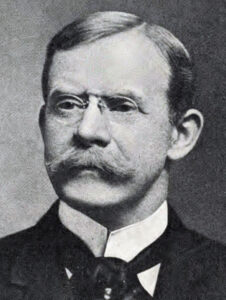
It helped that John Patterson wanted the patch of land, around which his factory had grown. In 1890, when NCR had only been in operation for six years, B’nai Yeshurun sold its old cemetery to Patterson and his brother, Frank Patterson, for $3,000. To sweeten the deal, the Pattersons also purchased the congregation’s building — which B’nai Yeshurun had occupied since 1863, at the northeast corner of Fourth and Jefferson Streets — for $28,000. B’nai Yeshurun had outgrown that building, which dated to 1840.
The Pattersons’ purchase of the building and cemetery land made it possible not only for B’nai Yeshurun to purchase 6.25 acres in Van Buren Township for its new cemetery, Riverview Cemetery — which it bought from Anthony and Delia Brown in 1889 — but also to build its new temple building in 1892 on the east side of Jefferson Street between First and Second Streets.
Patterson then used the old B’nai Yeshurun building for training and as a salesroom until it was razed in 1911. A Dayton Daily News columnist recalled after the building was torn down that the old synagogue was turned into an NCR “agent’s school, and then into a building devoted to the advancement of the interests of the members of the NCR household…the old synagogue building was as wonderful a building as Independence Hall and should have been preserved as the place of the inception and birth of welfare work, which in its way is doing as much for the wage-earners of the country as was recorded in Independence Hall on that eventful day years ago.”
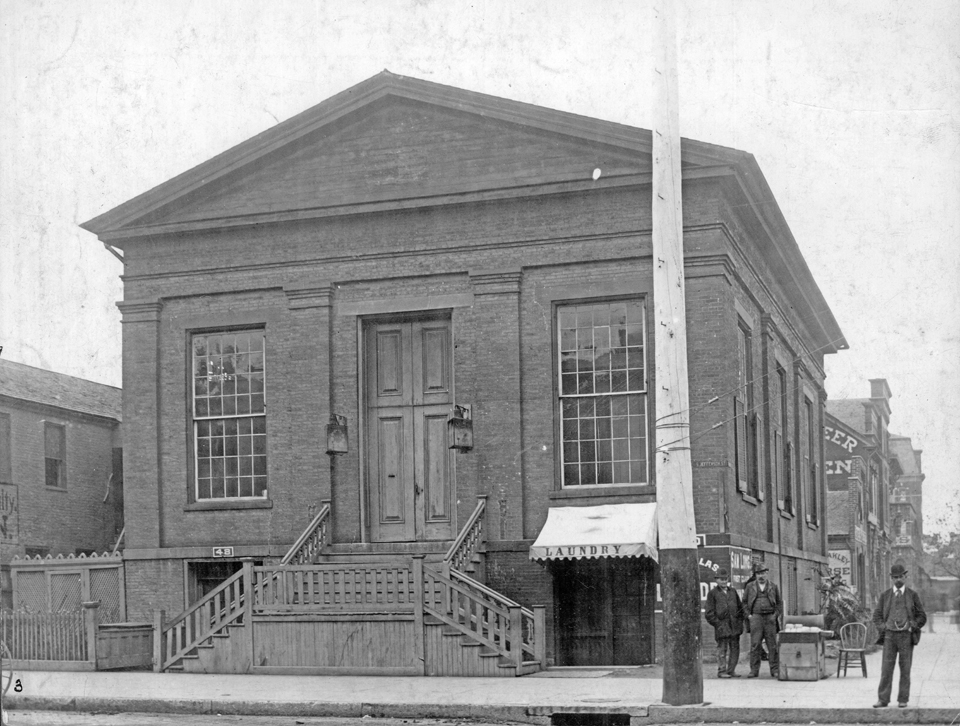
The June 1934 NCR Factory News indicated that with the transfer of the old cemetery property to Patterson and his brother, Patterson still gave B’nai Yeshurun “perpetual rights in the cemetery.”
Once Riverview Cemetery opened on Cincinnati Pike (now West Schantz Avenue), B’nai Yeshurun’s burials ceased at the old site. Some families disinterred and reinterred their departed relatives among the 90 buried at the old cemetery. Others chose not to disturb the remains. In some cases, B’nai Yeshurun wasn’t able to find living relatives to make such decisions.
The story picks up in 1953, when NCR gave Temple Israel 1.82 acres of land from its Sugar Camp complex, immediately adjacent to Riverview Cemetery’s east. This was Temple Israel’s impetus to reinter the remaining deceased congregants from the old to the new cemetery.
In 1961, “the grueling tasks of contacting last-known relatives for permission to transfer and reinter the remains began,” according to a Temple Israel document from the time.
Although NCR had already purchased the old cemetery land in 1890, it paid Temple Israel $40,000 in 1967 to cover the land, cost of reinterment, and improvements to Riverview Cemetery. The disinterments and reinterments took place over four days in May 1967. Workers found and transferred the remains of 62 people, which comprises the Founders’ Circle of today’s Riverview Cemetery. Max Kohnop chaired Temple Israel’s cemetery committee and directed the transfer operation.
Only the 1.82 easternmost acres of Riverview Cemetery, which it received from NCR in 1953, are in Oakwood. The rest is in Kettering.
Today, the site of Dayton’s first Jewish cemetery is paved underneath the parking lot at University of Dayton’s Raymond L. Fitz Hall, formerly one of NCR’s buildings.

Related: John Patterson, NCR, Oakwood, and Dayton’s Jewish community.
To read the complete August 2020 Dayton Jewish Observer, click here.


